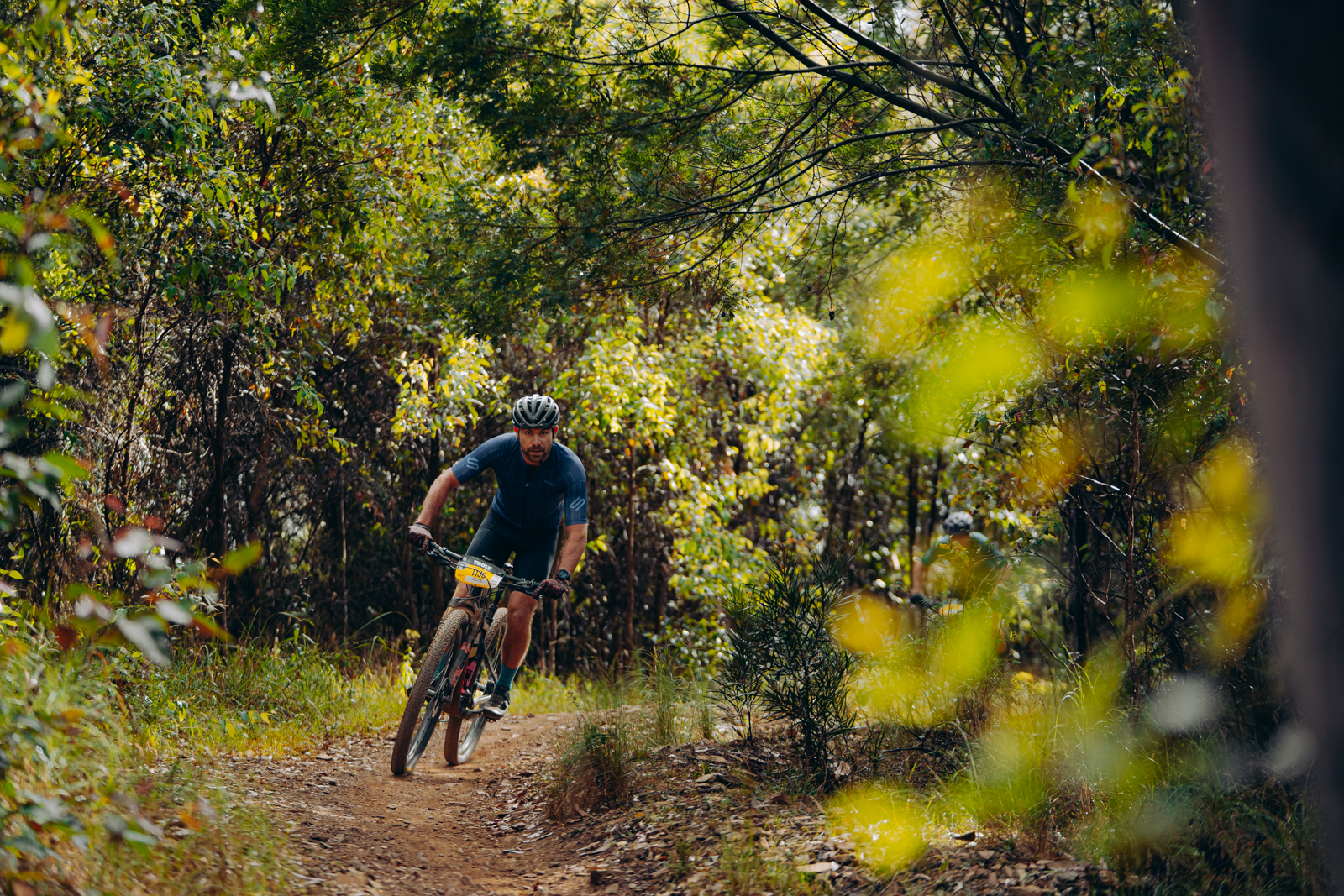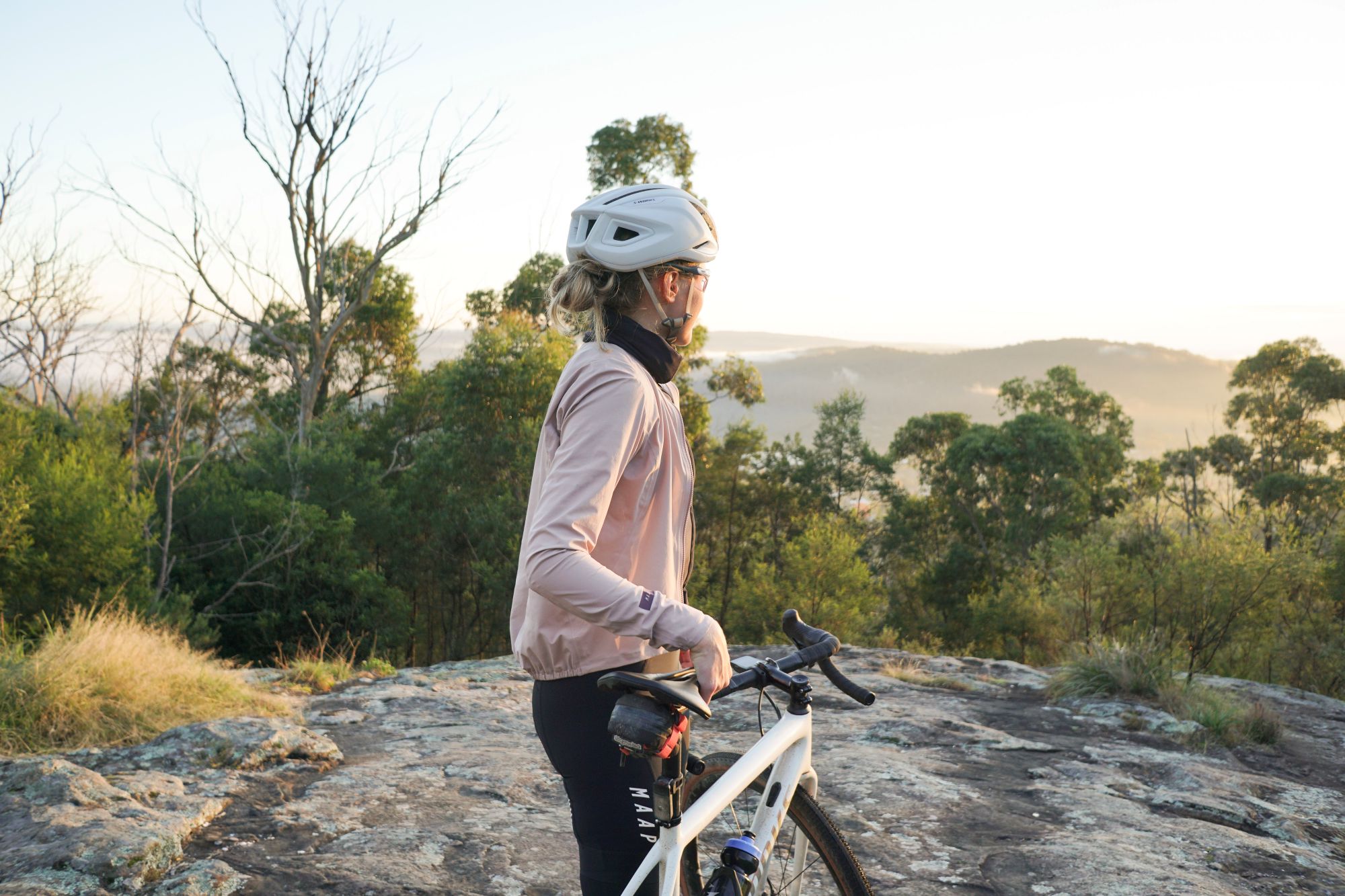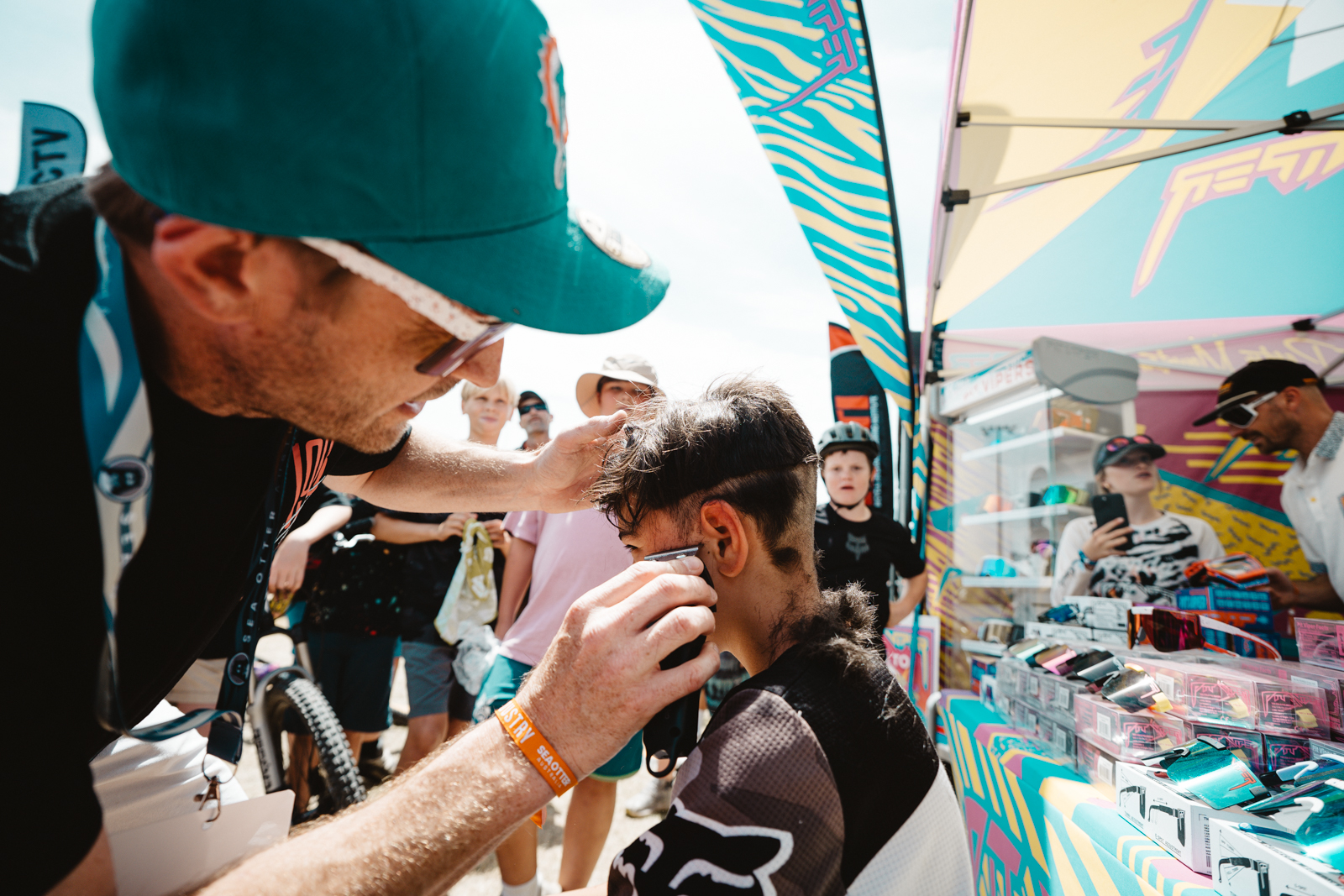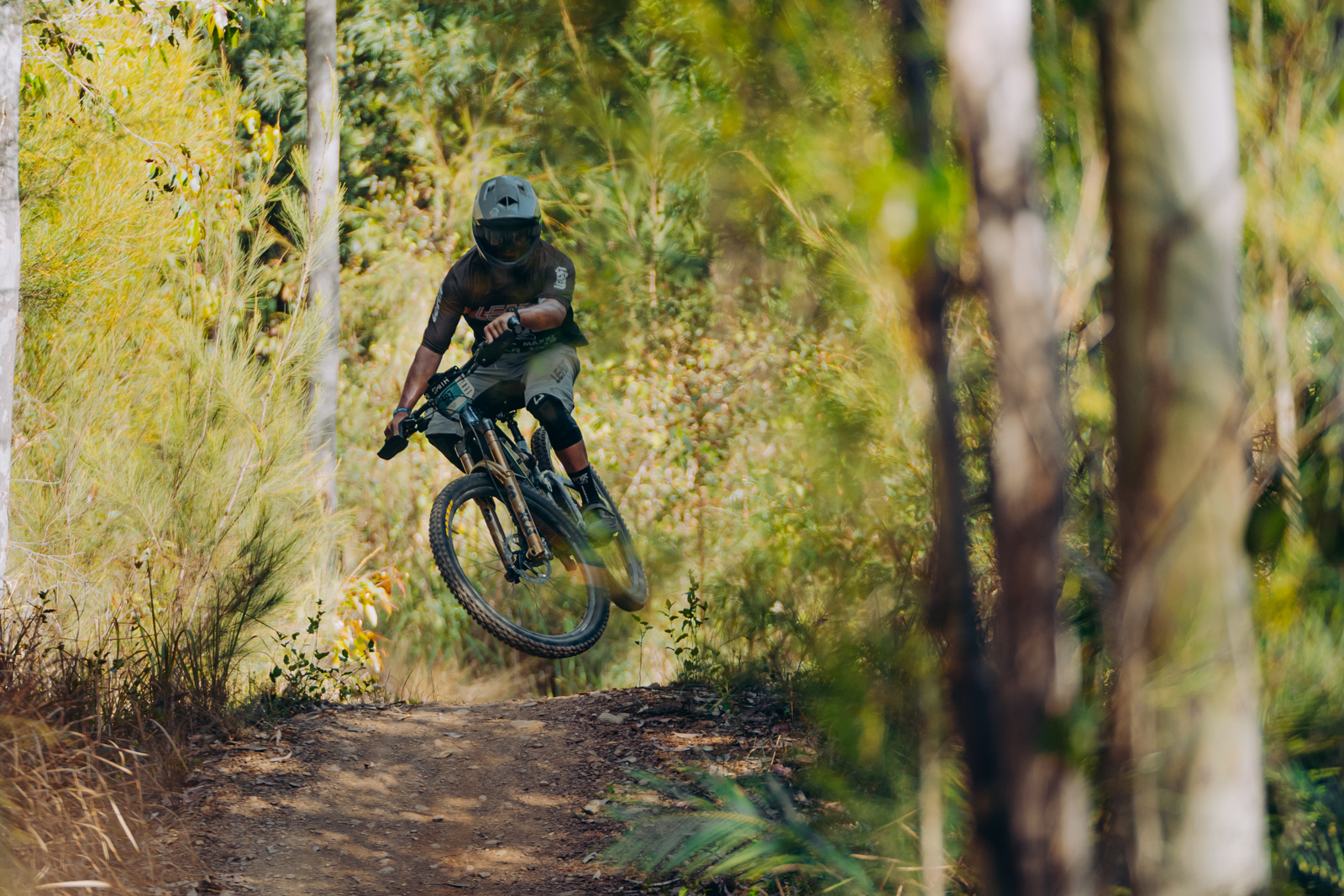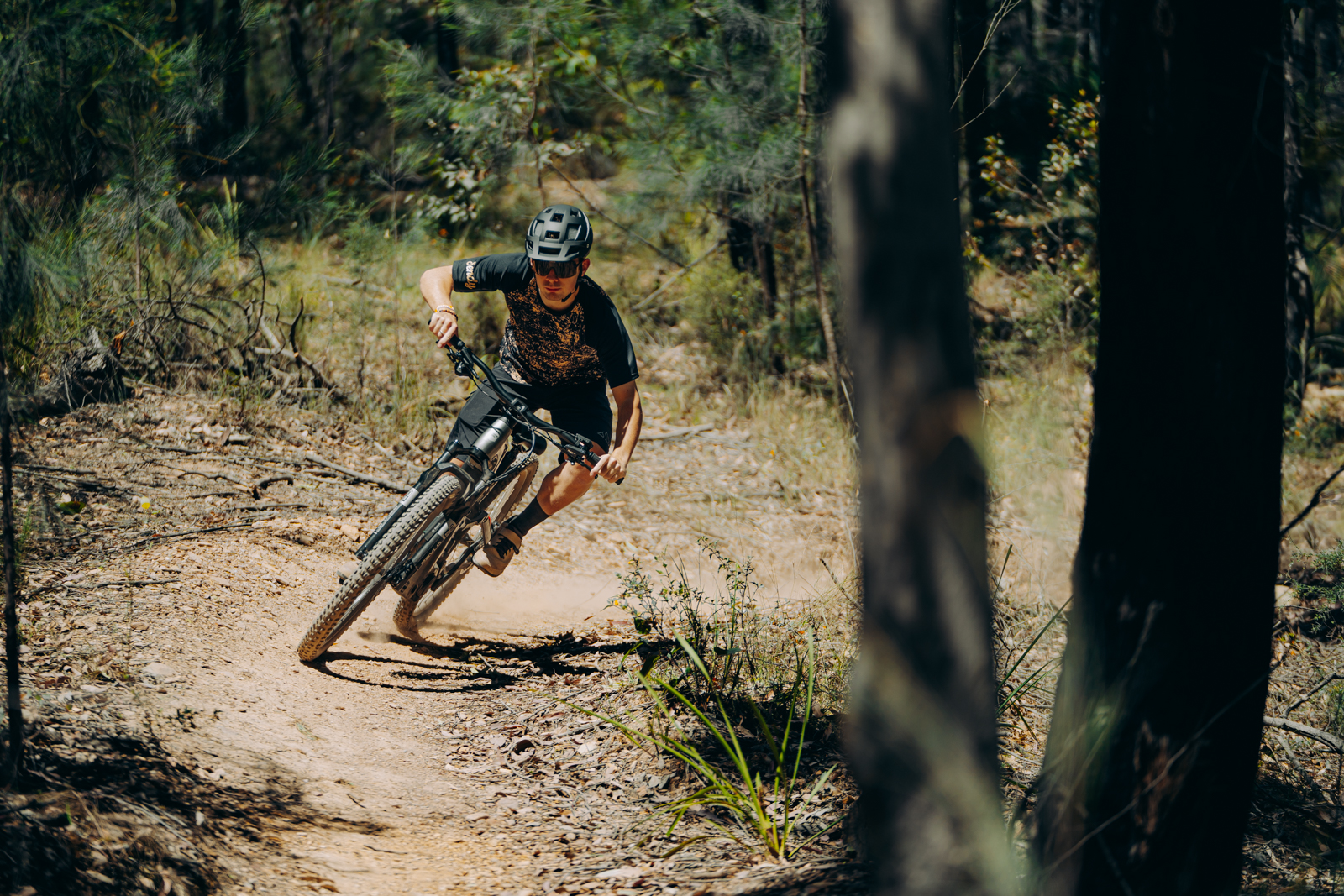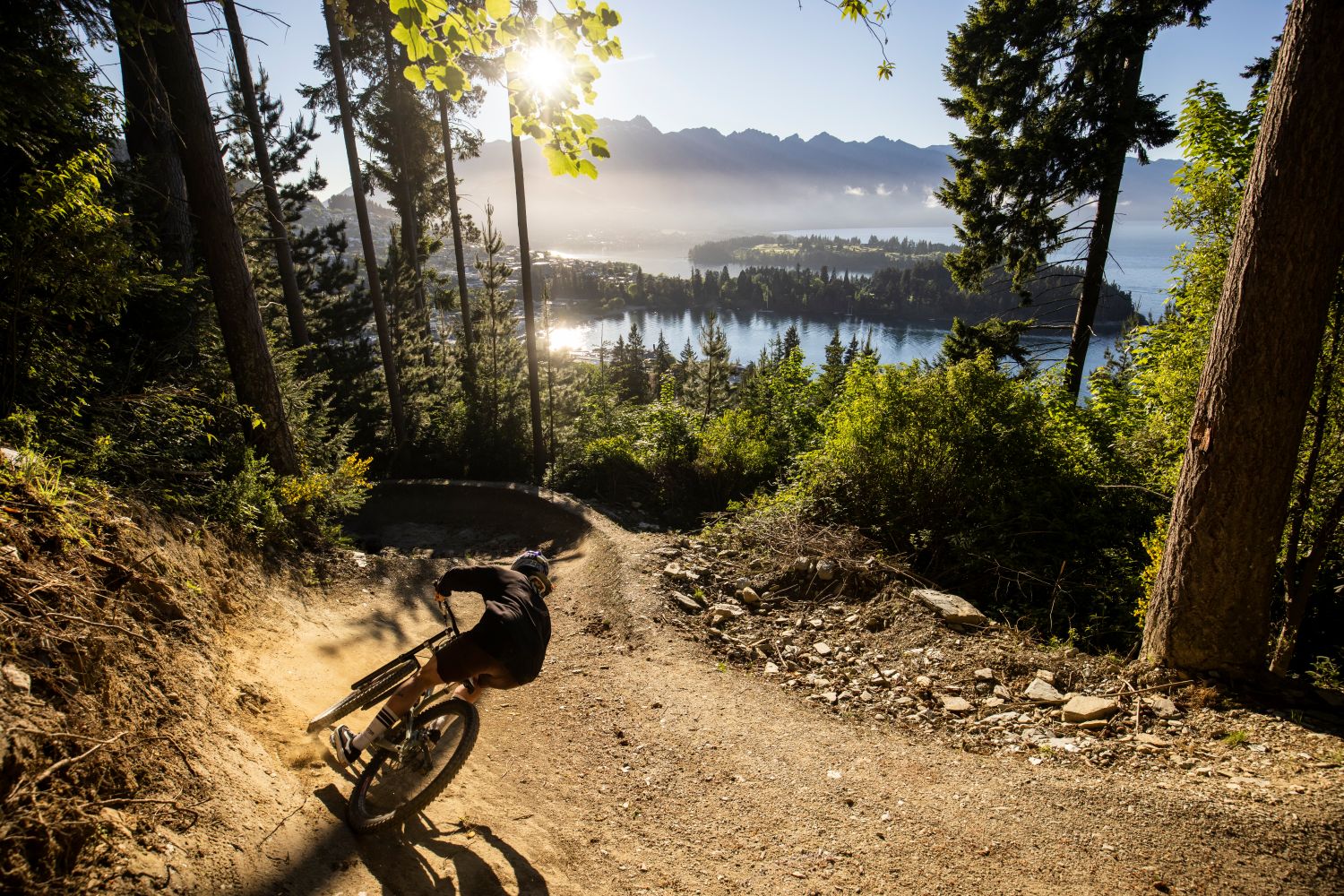Your bikepacking pocket guide
Keen to give bikepacking a go? Will Shaw chats with experienced bike packer Adam Macbeth about his top tips.
Words: Will Shaw
Photos: Tim Bardsley-Smith
Bikepacking, or multi-day rides by bike, certainly isn’t new. But multi-day adventure rides to escape crowds has seen a huge increase in mountain bikers giving bikepacking a try in recent years. After all, what’s not to like about riding all day and setting up camp under the stars?
Despite sounding perfect in theory, doing some planning before your first trip to make sure it runs smoothly is well worth the effort. To help with that I’ve put together a ten-step guide to your first trip. I reached out to experienced bikepacker Adam Macbeth for his thoughts, and I know I’ll be implementing his recommendations on my next trip.
-
Decide on your route
The first step is deciding on your route. Do you want to ride genuine singletrack, or will the route be entirely dirt roads and fireroads? Map out your ride with one of the many mapping software programs on offer and equip yourself with hard copy maps if possible. Another thing to consider is what kind of mileage you want to do each day, something Adam says people overestimate aboard a fully loaded bike.
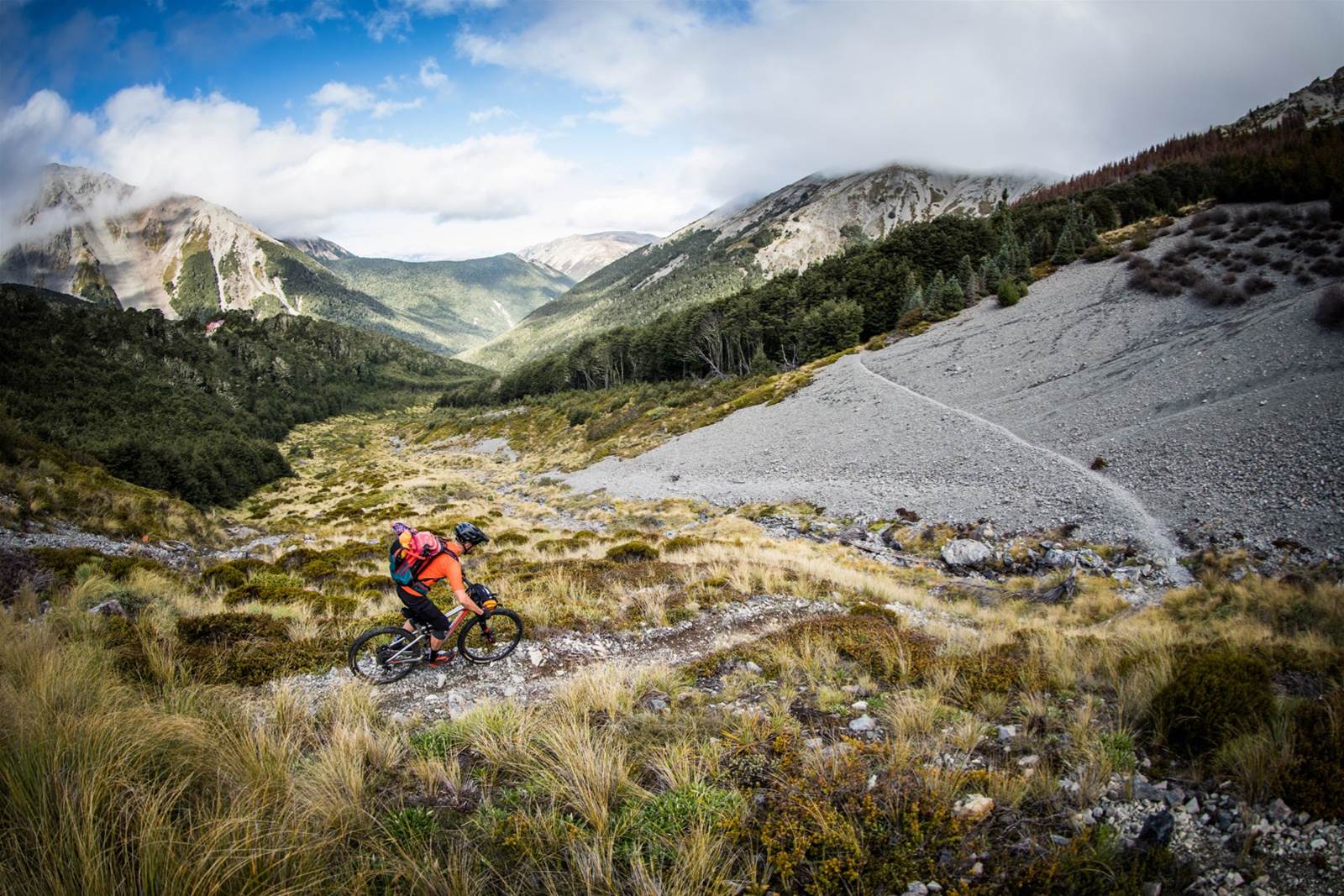
“For the first time I’d recommend riding a well-publicised route. Check out a resource like bikepacking.com to find a route that has been confirmed as legal and open. That way you’ll also get an idea of what mileage you can expect to be doing. Another thing people don’t realise is an issue is public roads that go through private land. This isn’t something you want to find out about midway through your trip.”
-
Pick the right bike
Whilst you can take any bike you own bikepacking, if you have the luxury of choosing between multiple bikes, pick the bike that’s going to be best suited to that trip. According to Adam, both hardtail and dual suspension mountain bikes have their merits.

“In terms of packing space, a hardtail is going to make your life a little bit easier as you can run a full frame pack. That being said, you can bikepack on a dual suspension bike, and I’ve been doing that quite a bit recently as it definitely keeps you fresher over a week of riding.”
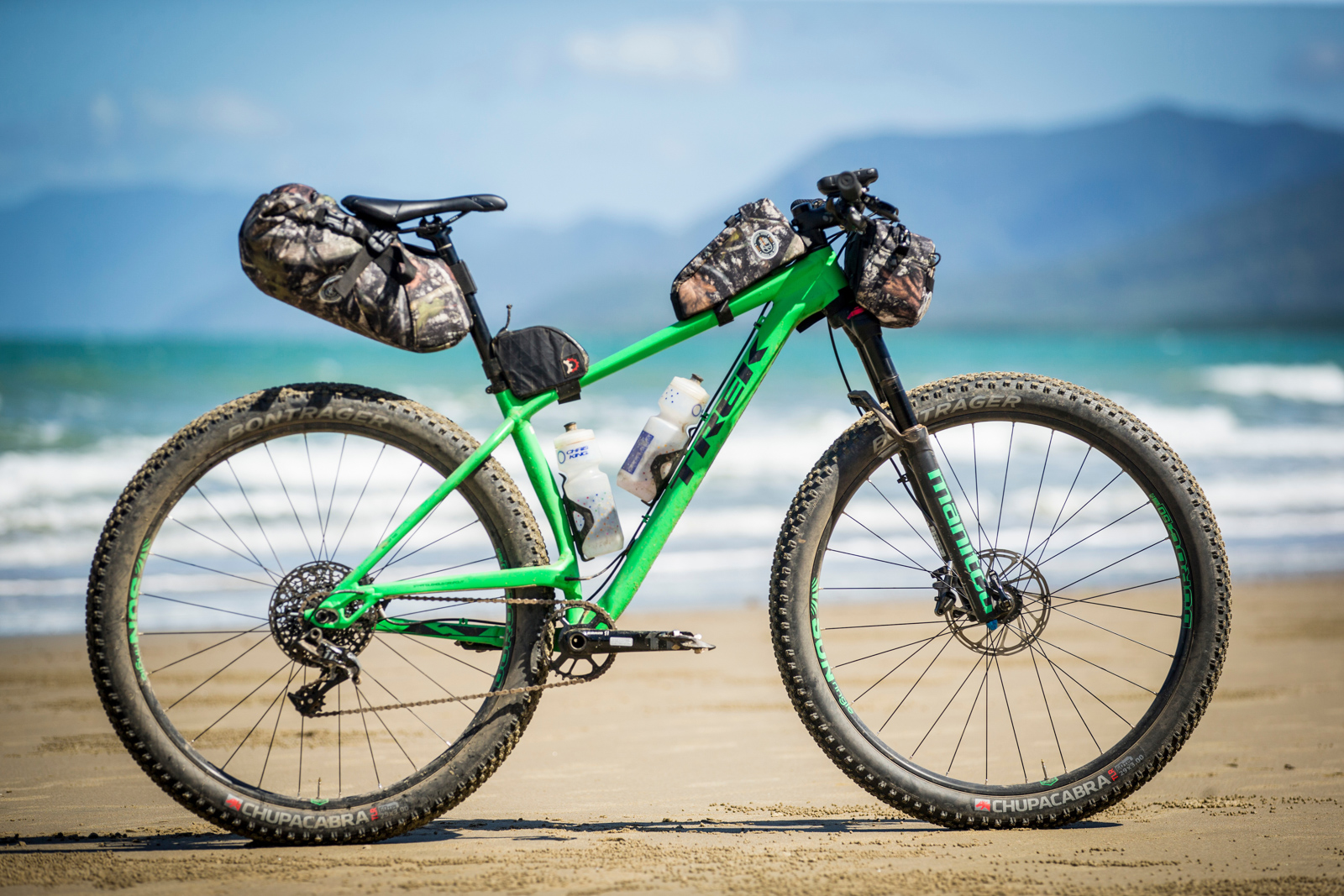
-
Create a packing list
Write down everything you think you’ll need, and then have a good think about that item’s benefit versus carrying its weight uphill. Bonus points for items that serve more than one purpose, for example a spork! Adam says sticking to the essentials is important here, starting with enough food and water to drink.
“People definitely underestimate their snack requirements. Remember you’re going to be riding your bike all day, and you’re going to want plenty of food to eat. Another area in Australia you don’t want to skimp on is water. In summer you’re going to want 6-7 litres a day if you don’t have access to a filtration device. Ideally you want to store your water weight low and central on the bike. Another thing you want to include is warmer and drier clothes than you’ll think you’ll need.”
-
Pack the bike correctly
Where you put the weight on your bike will make a big difference to the way your bike handles. Adam says if you can pack everything without a backpack then that’s a good idea also.
“Right at the bottom of the frame near the bottom bracket is best position for storing water. From there, follow the rule of putting your heavier stuff down low. If you’re riding a dual suspension, Revelate Designs make a product called the Joey, which holds 2.5 litres of water on a full-suspension bike. Another big thing I would say is aim to not wear a backpack, mostly because if you trail ride with a lightweight bag and then you move to a 5kg one, the saddle sores aren’t going to be fun.”
-
Make sure your bike is dialled
As you’re probably not going to have access to a bike shop on your trip, it’s best to make sure your rig is in optimal working condition prior to setting off. Things like worn tyres and frayed gear cables become much more of an issue when you’re 50km from the nearest services. Adam says that setting your bike up to be durable should be your priority over saving weight.
“If you’re planning to go on a big trip, full length housing is essential. Things can and will go wrong when you’re out bikepacking. A loaded bike behaves differently to a bike without things strapped to it. I’d also recommend running slightly more robust tyres than you usually would. With a fully loaded bike you’re going to be running over rocks you would normally bunnyhop, so it’s better to play it safe.”
-
Bring additional spares for your bike
When it comes to spares, Adam says there’s a few non-negotiables.
“From a carrying spares point of view you need a spare hanger, a chain link, and a Dynaplug.” And don't forget all the tools you'll need to use your spares.
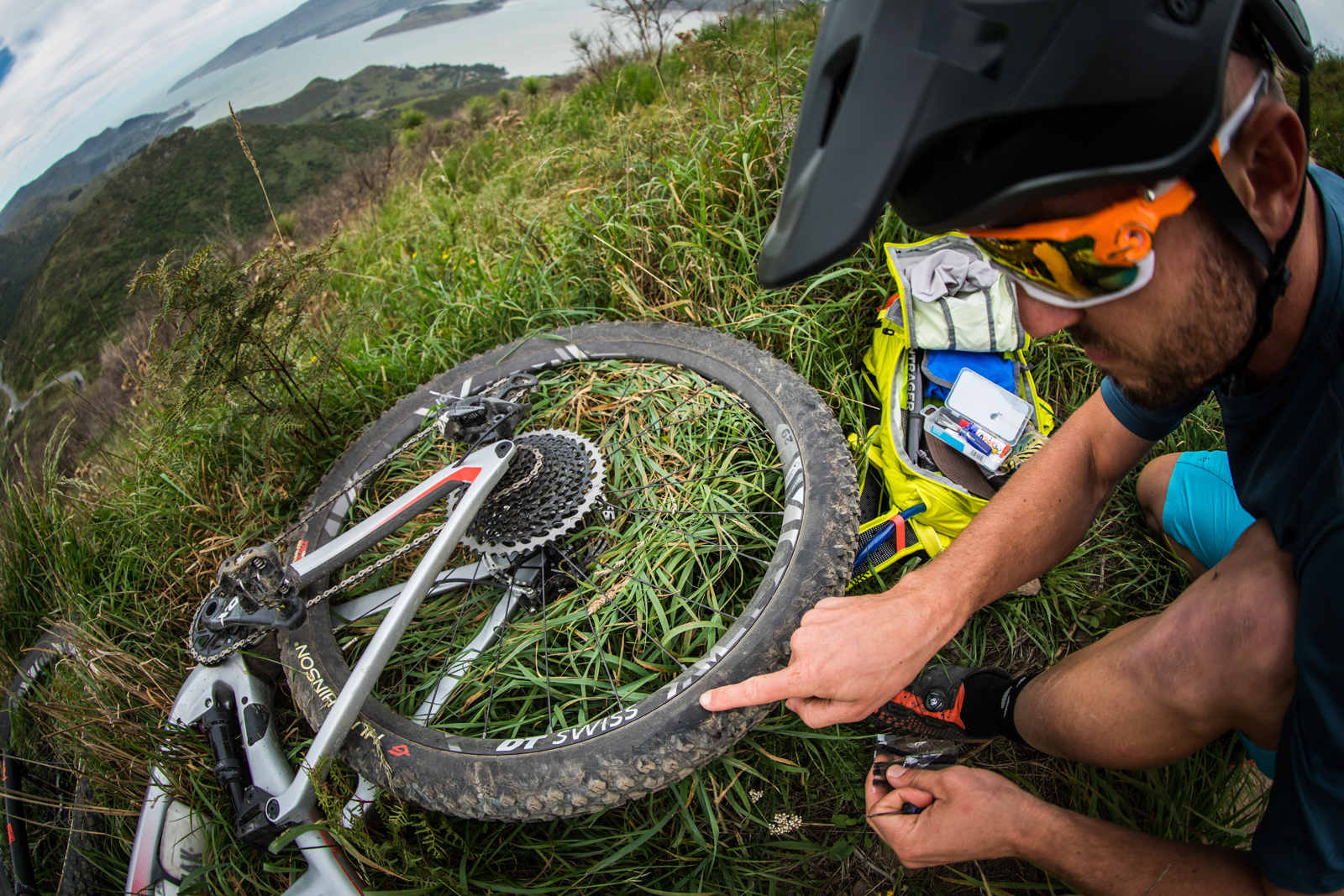
-
Have a way of contacting emergency services when you’re out of mobile reception
Depending on where you’re bikepacking, there’s a good chance you won’t have reception for some, or even all of your trip. Adam says there’s several methods for staying safe when you’re going off the grid.
“It’s worth a trip to the police station before your trip to let them know your intentions. I’ve been on multiple trips where I’ve told the police where I’m going, and then when I’ve forgotten to let them know I’m back they’ve got in contact with me straight away. Another good idea, even if you’re just mountain biking is an EPIRB (Emergency Position Indicating Rescue Beacon) like Garmin inReach. It’s not cheap, but as you can get a helicopter to your exact location when you need it most it’s probably worth it.’
-
If you’re using public transport as part of your trip, double check the timings and make sure you’re early!
Public transport can be utilised to extend your trip, cut out sections of road, or get you out of the city. Hopefully you’ll have allowed yourself extra time throughout your trip as per tip #1, but a missed ferry or train could mean you’re riding in the dark to reach your camping spot. Always aim to arrive at public transport early.
-
Go in a group for your first time, with someone who’s done a trip before if possible
This is a simple one, if you can it’s well worth going in a group with other riders that have some bikepacking experience. Adam says this would be one of his biggest tips.
“One hundred percent you want to go in a group for the first time if possible. If you go by yourself hire an EPIRB and let the authorities know your intentions.’
-
Bring more food than you think you need!
Similar to tip #3, Adam says that bringing enough food goes hand in hand with how much you enjoy the whole experience. I think it’s safe to say that as much as it would be nice, most people aren’t heading out for a full day of riding all that often. And when you do head out for those long rides, you usually get home and devour anything in sight to replenish yourself. On a bikepacking trip you’ll be riding all day, and expending mental energy making sure you’re going to right way. On top of that, at the end of the day you’ll be setting up camp.
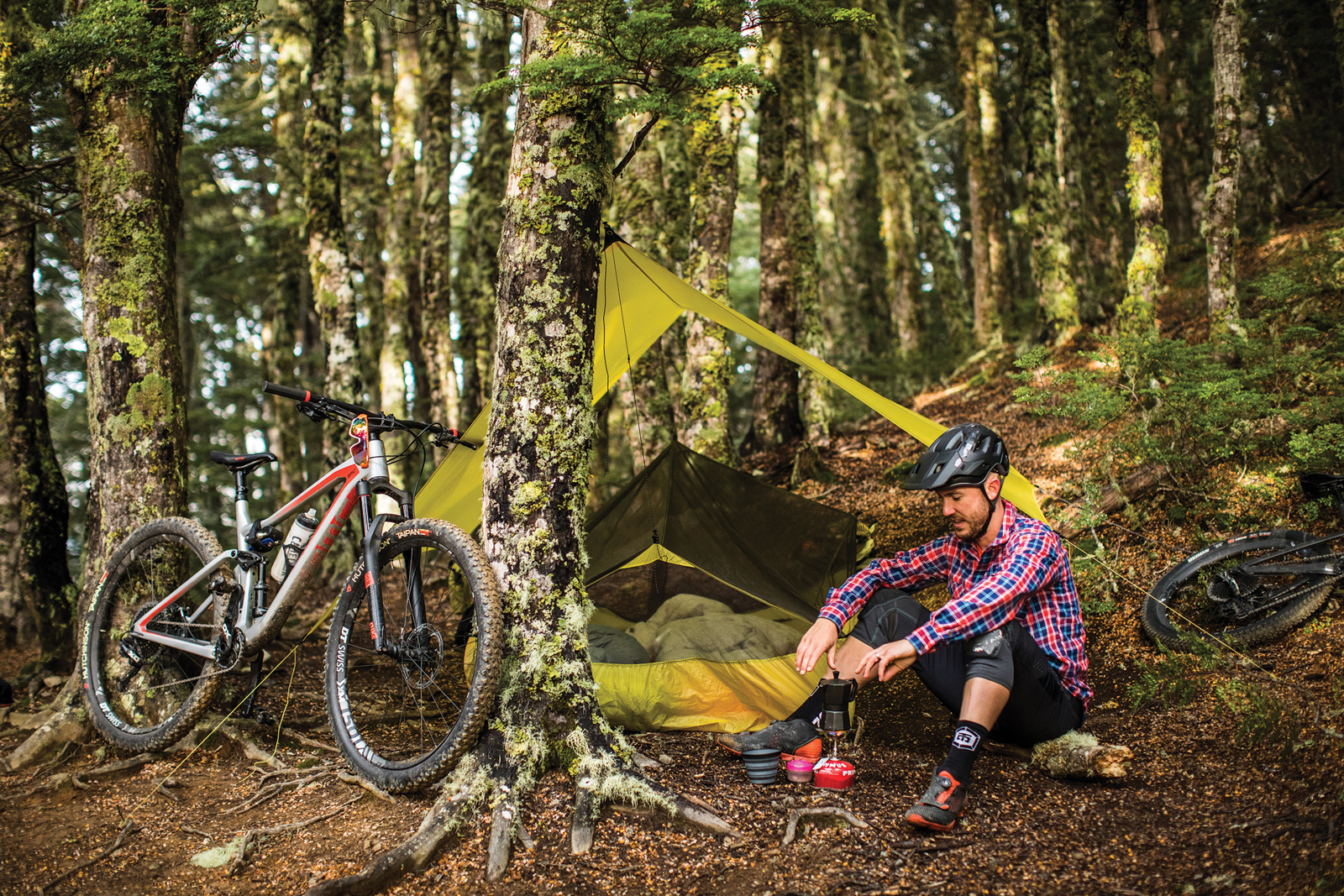
“Pack what you think you would need for a full day of riding, and then add breakfast and dinner. For the first time I would buy a dehydrated meal. I’d recommend Strive out of Tasmania; they do some really good stuff. You can buy them online or Backcountry Cuisine from Paddy Pallin is also good.

